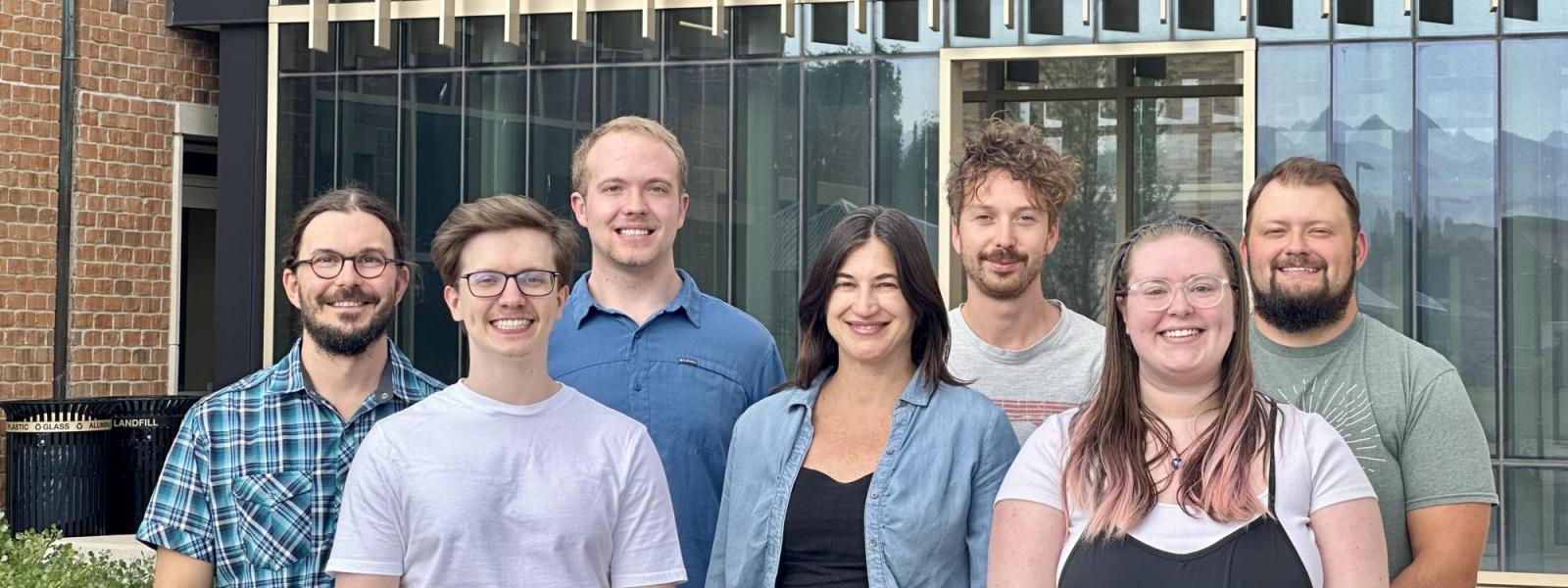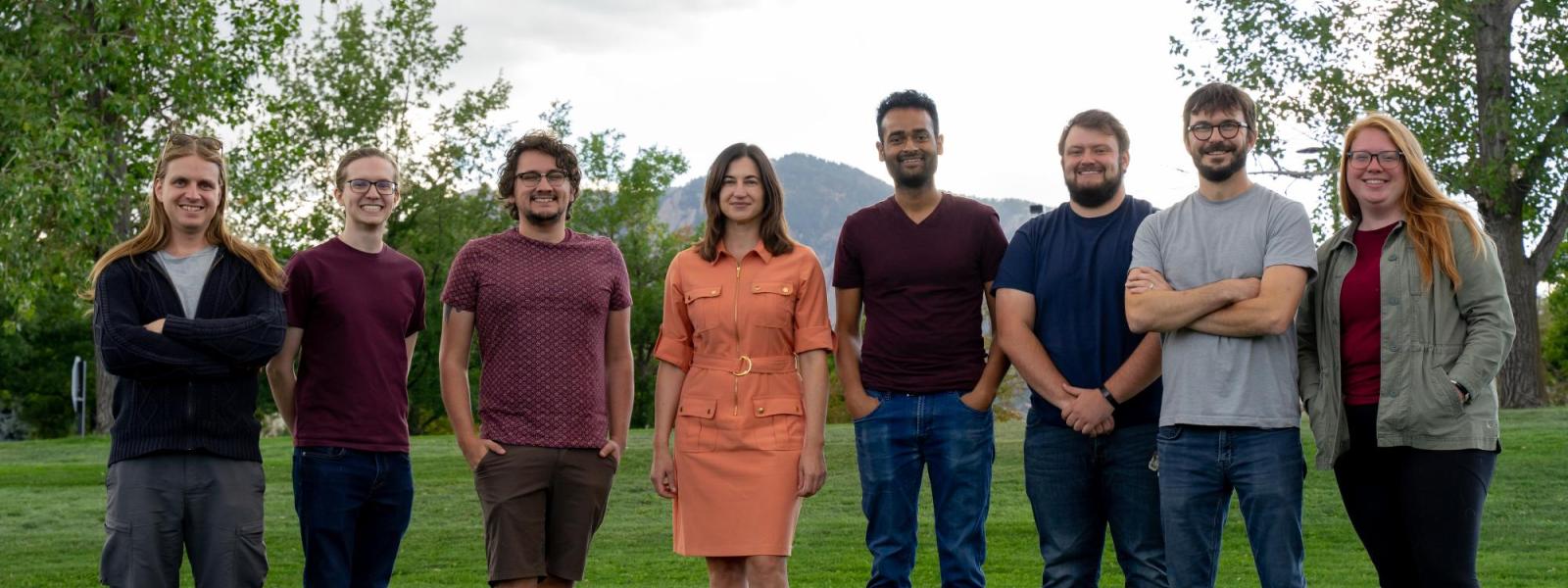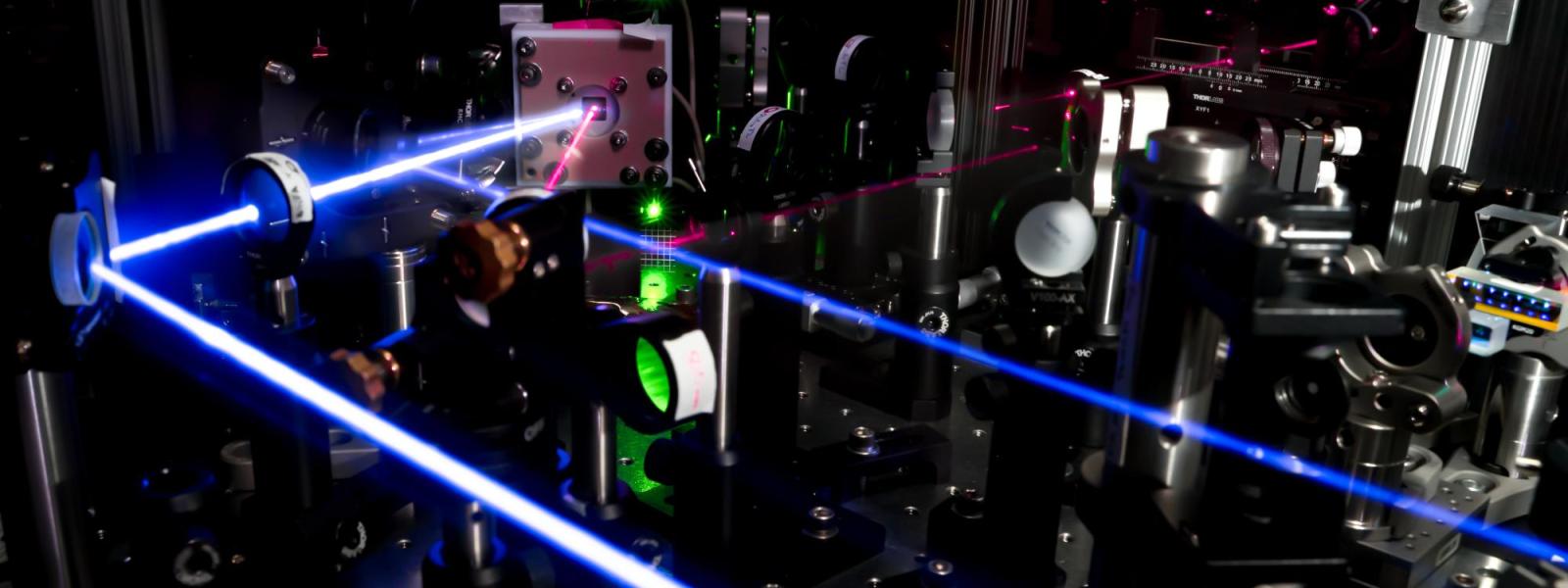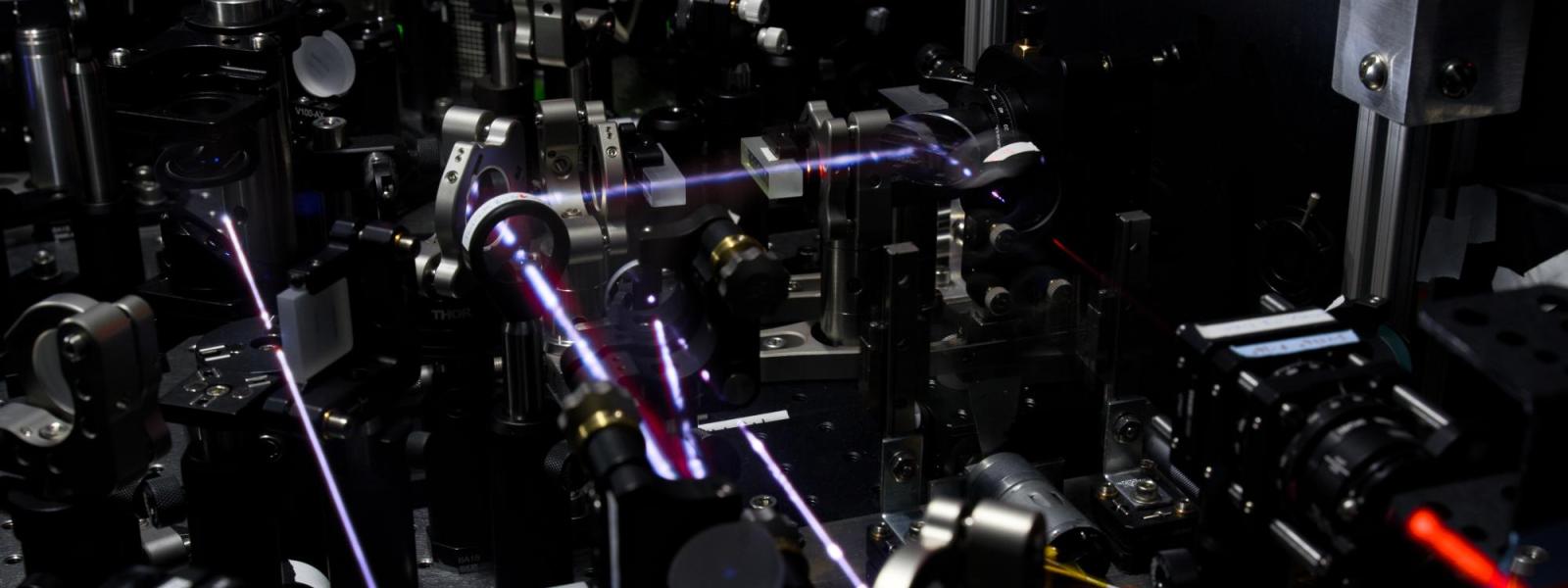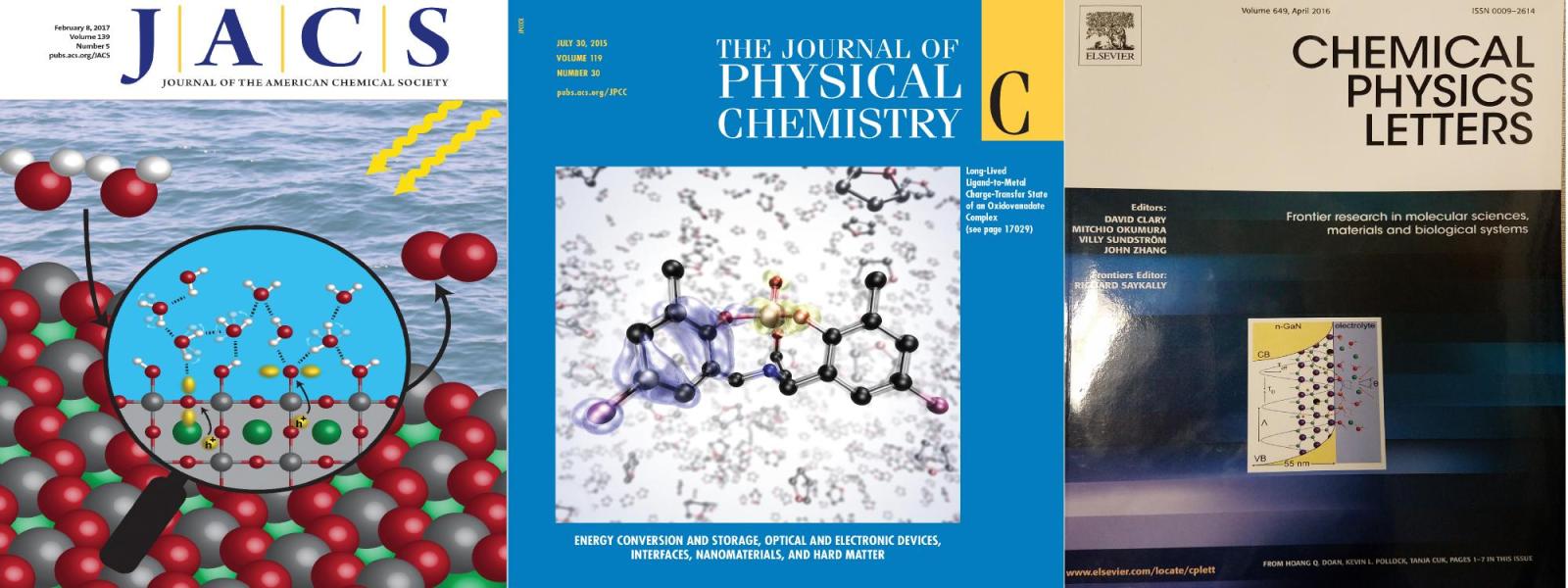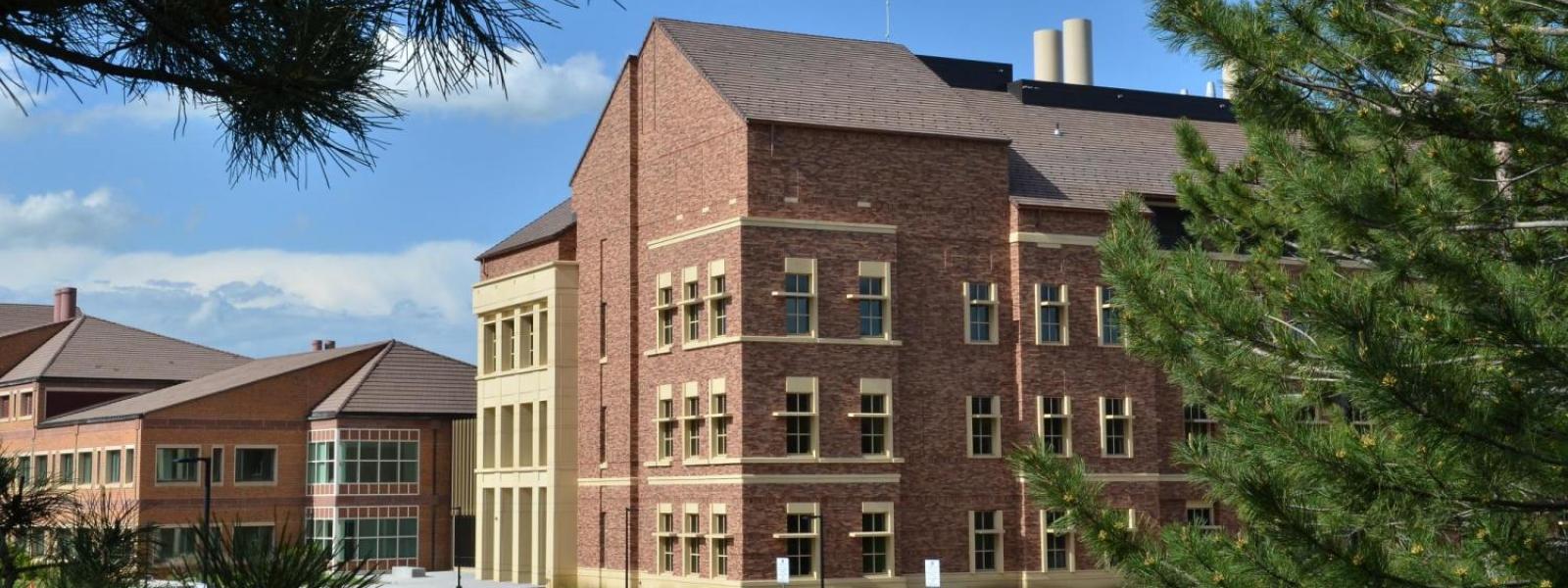Home
Welcome to the Ćuk Lab
We are a group that investigates the fundamental principles of catalytic reactions at surfaces, such that they can be controlled for energy harvesting and for chemical synthesis. The highly interdisciplinary research involves physical and inorganic chemistry, condensed matter and device physics, and surface science.


